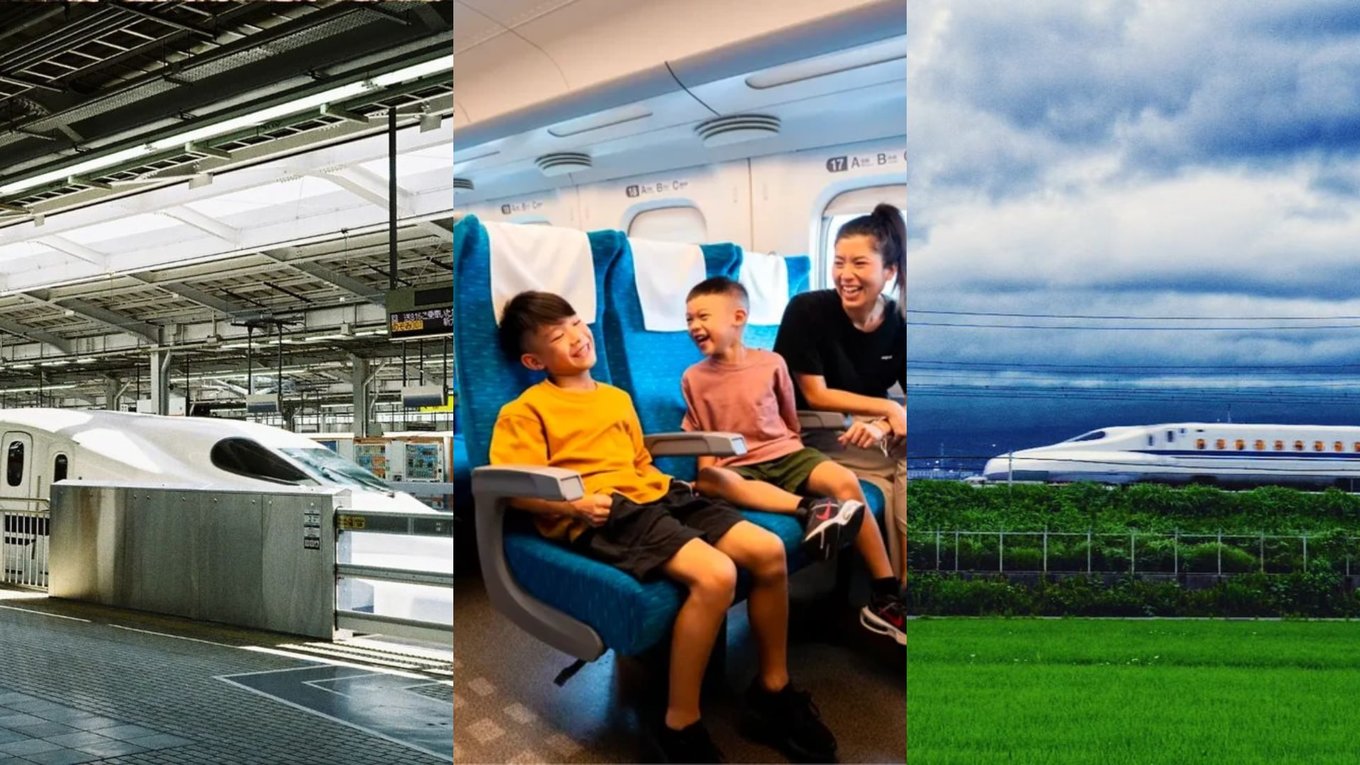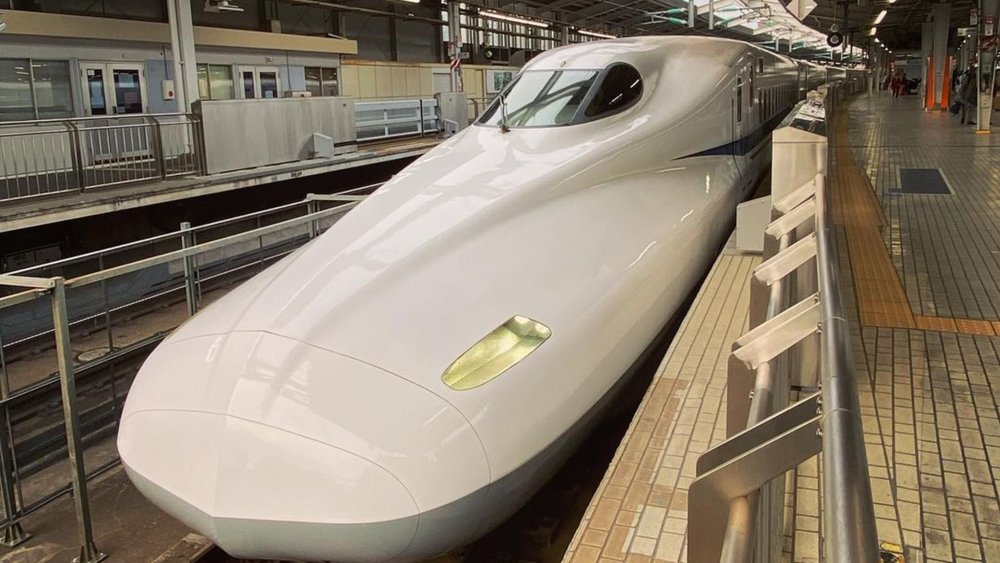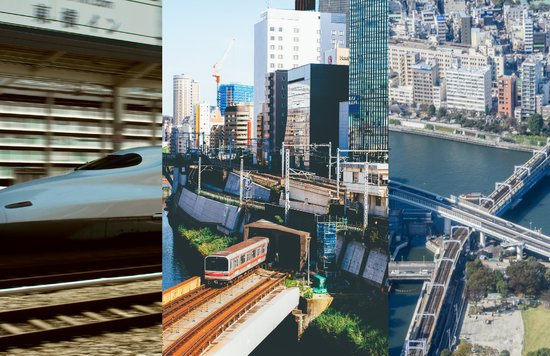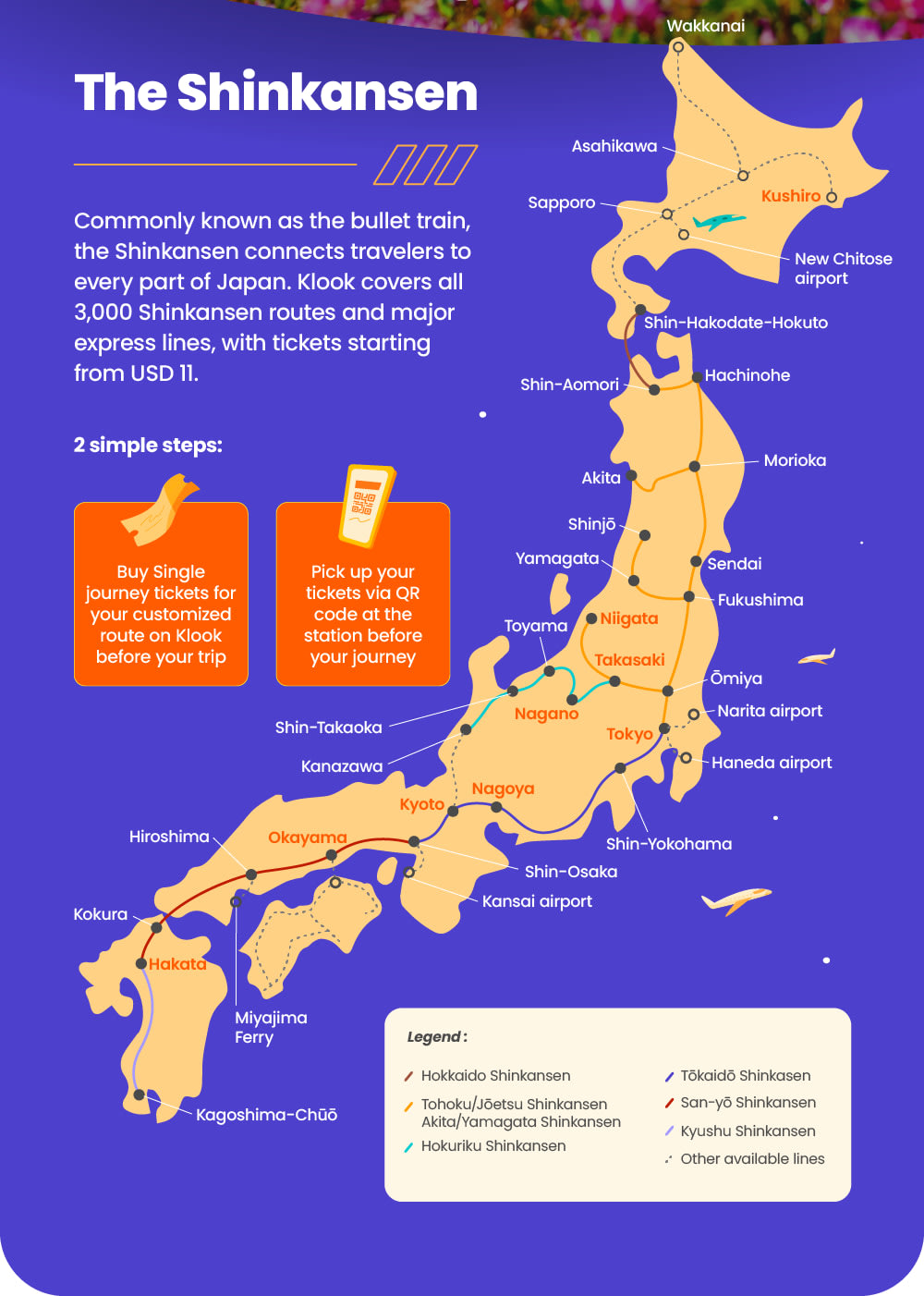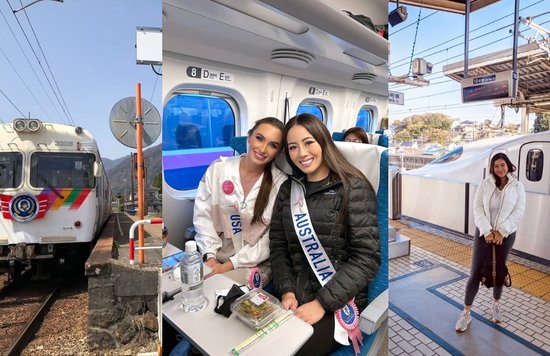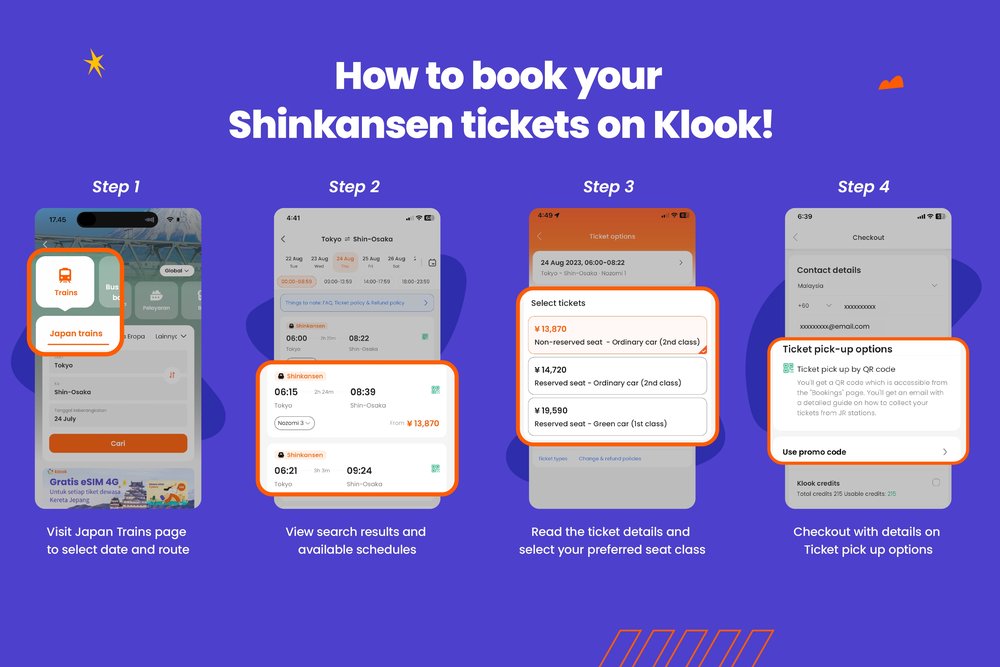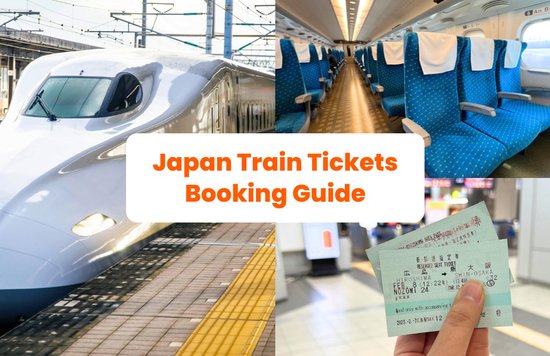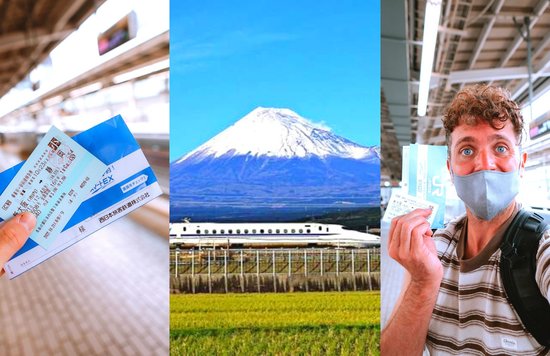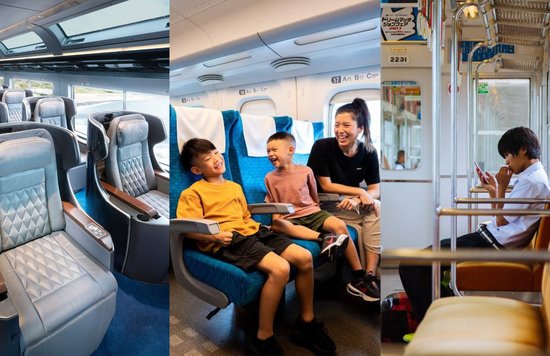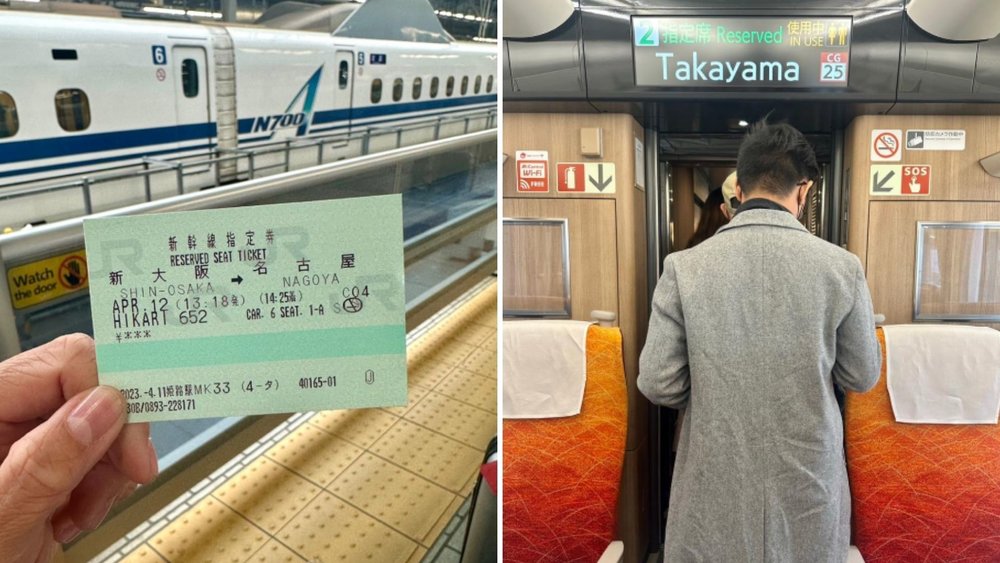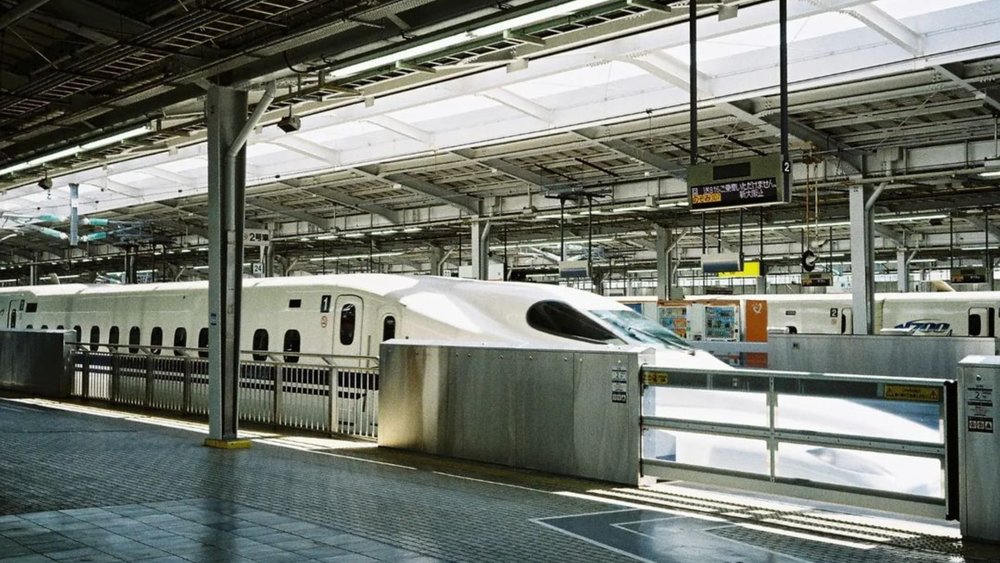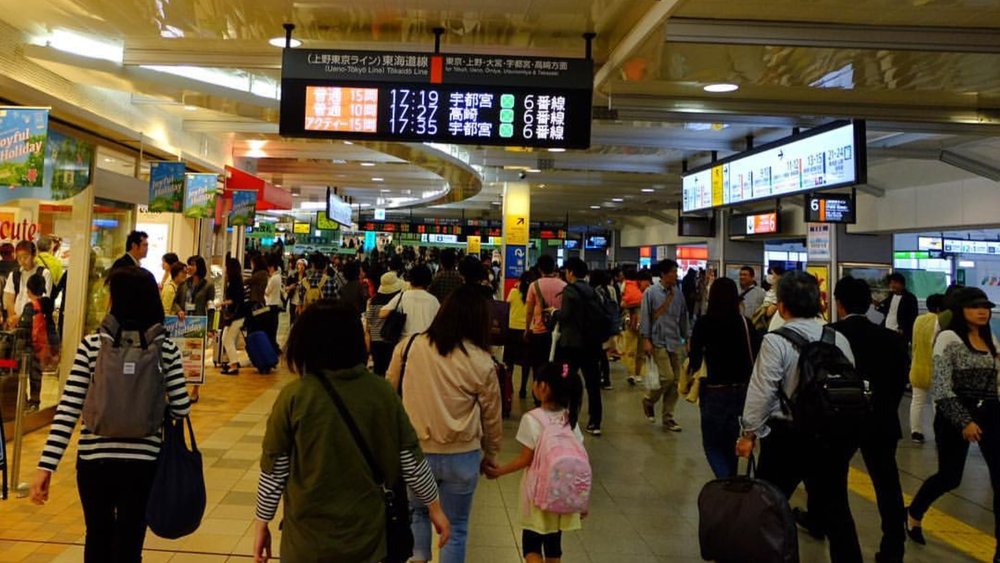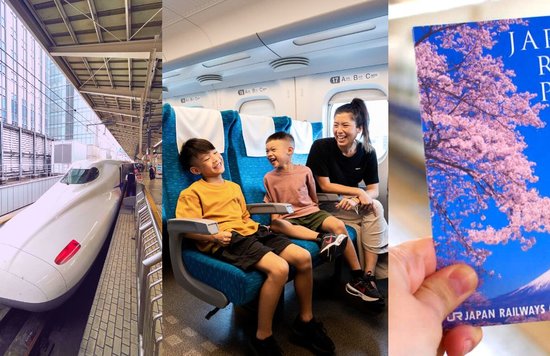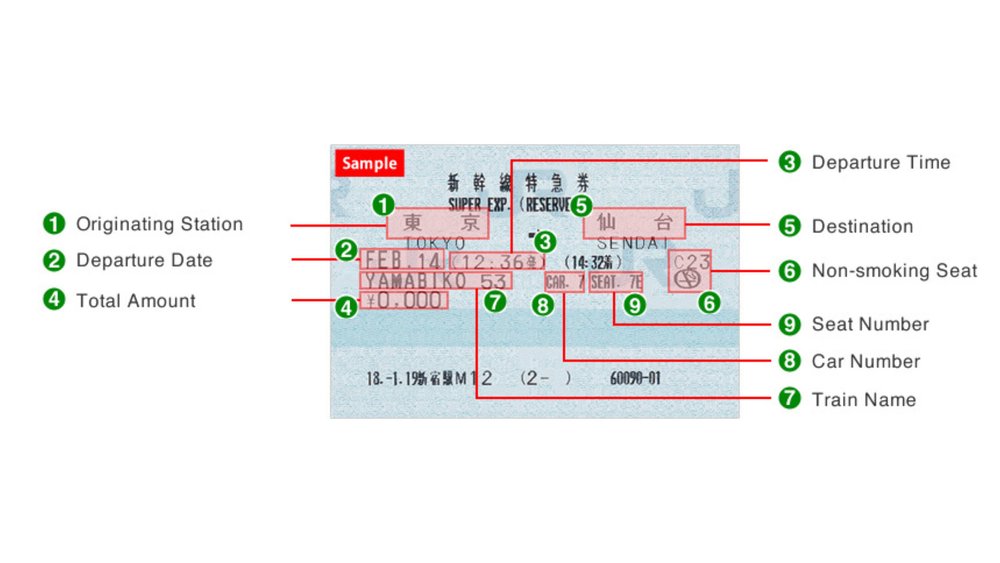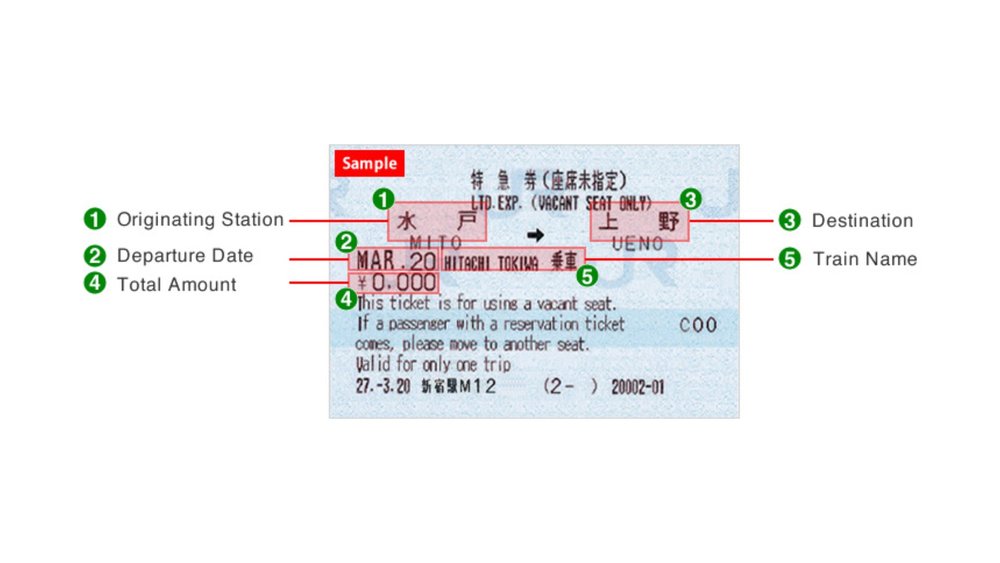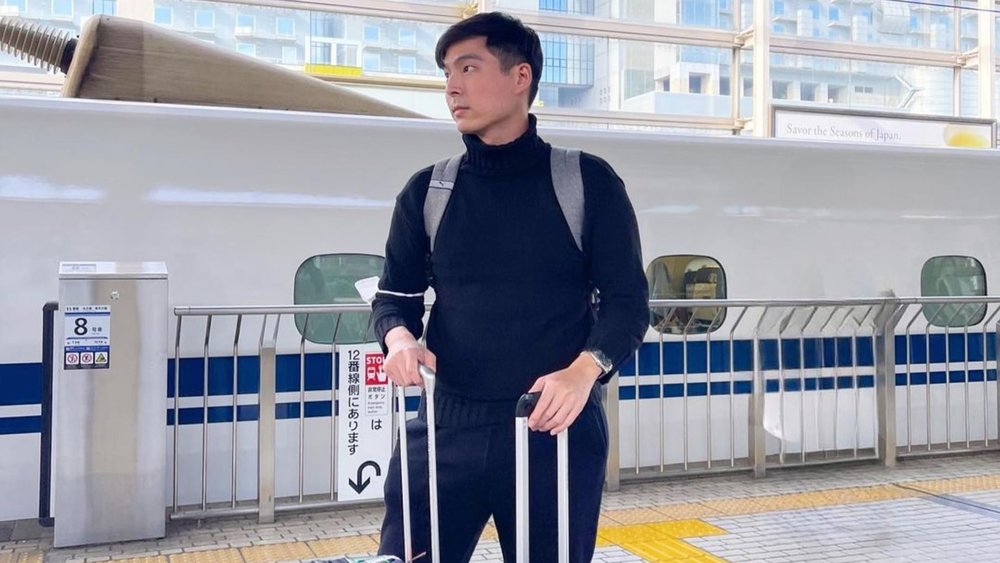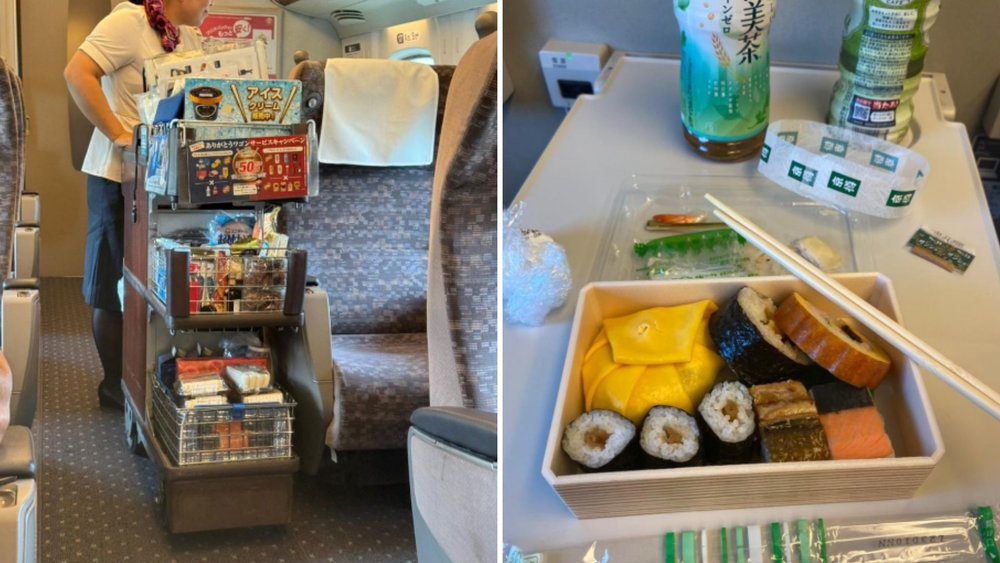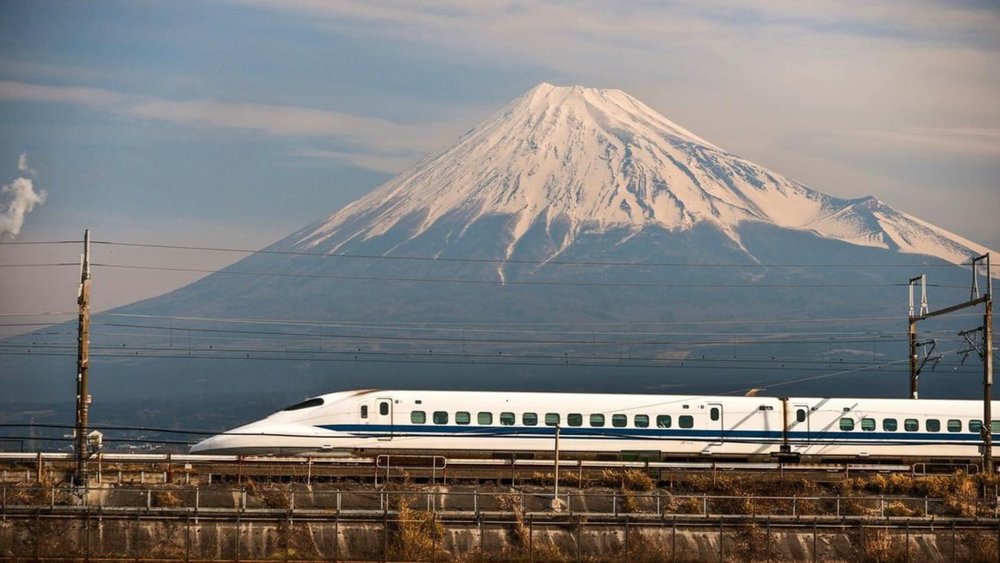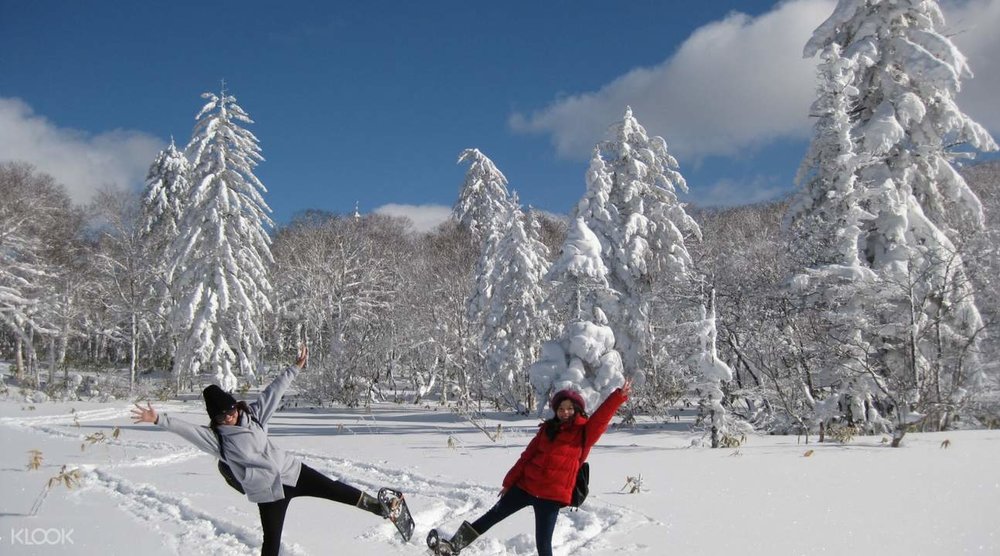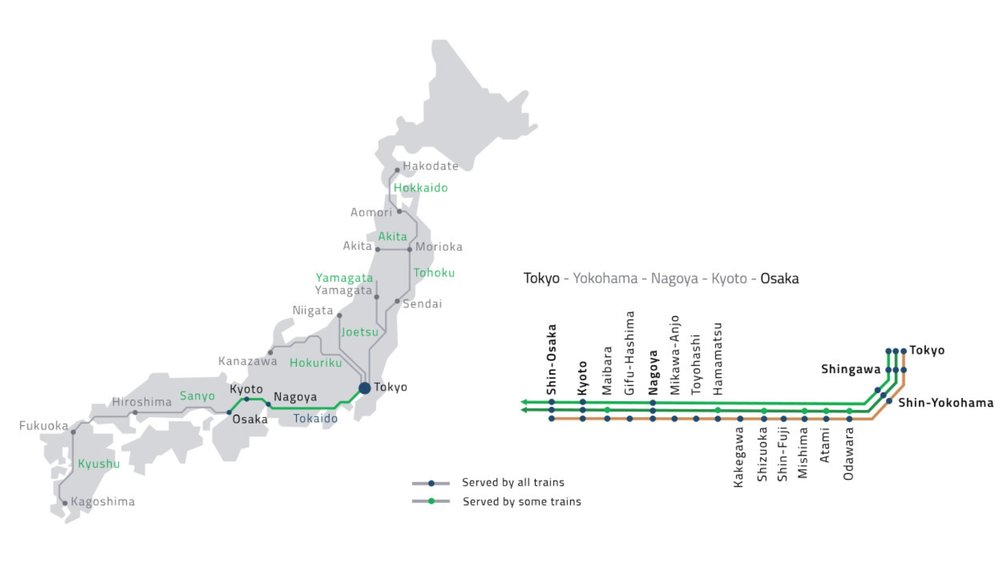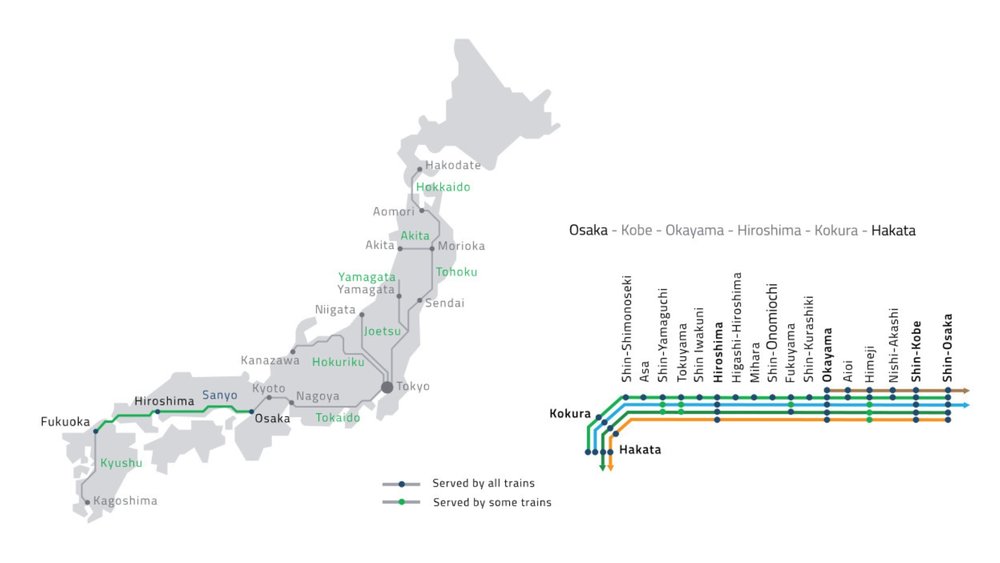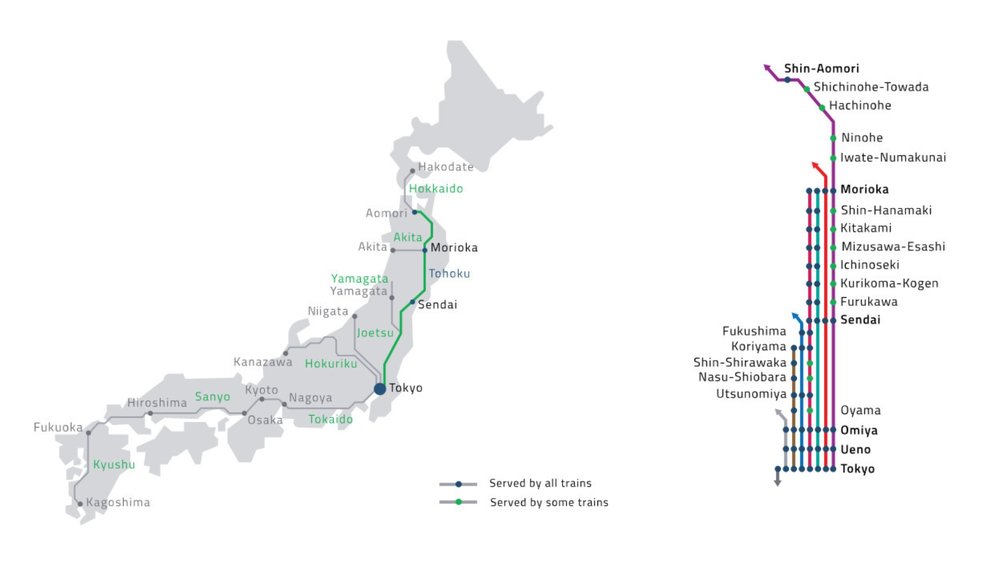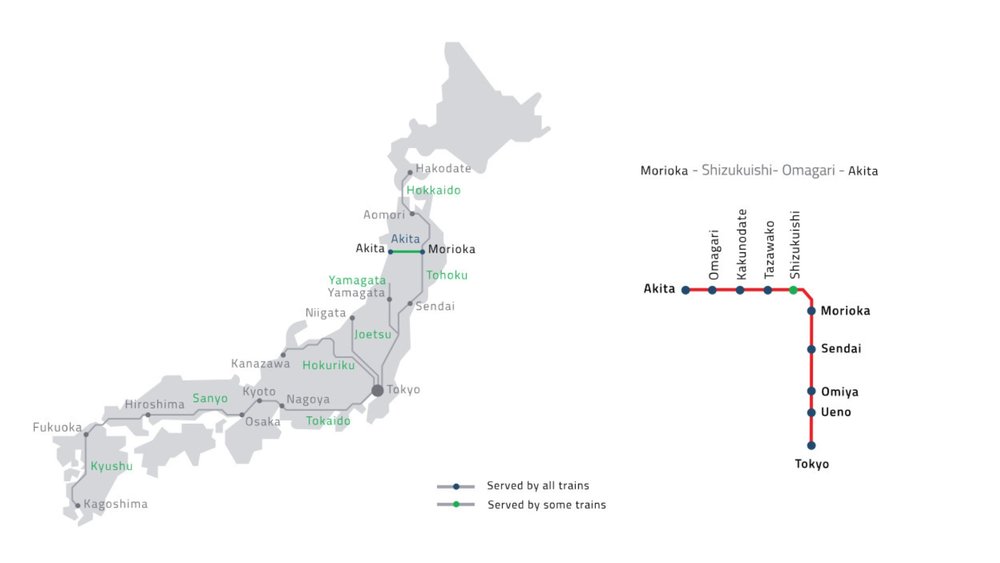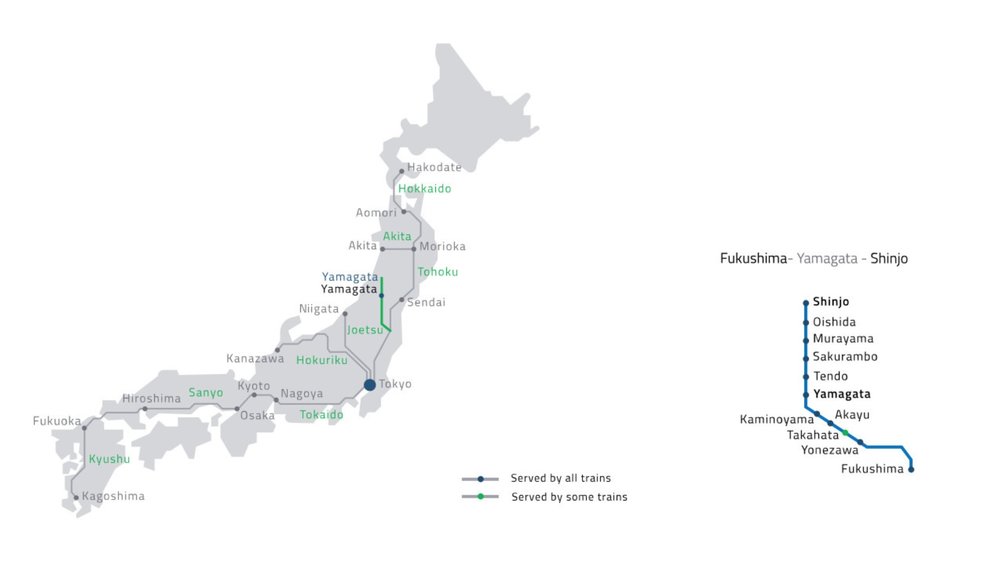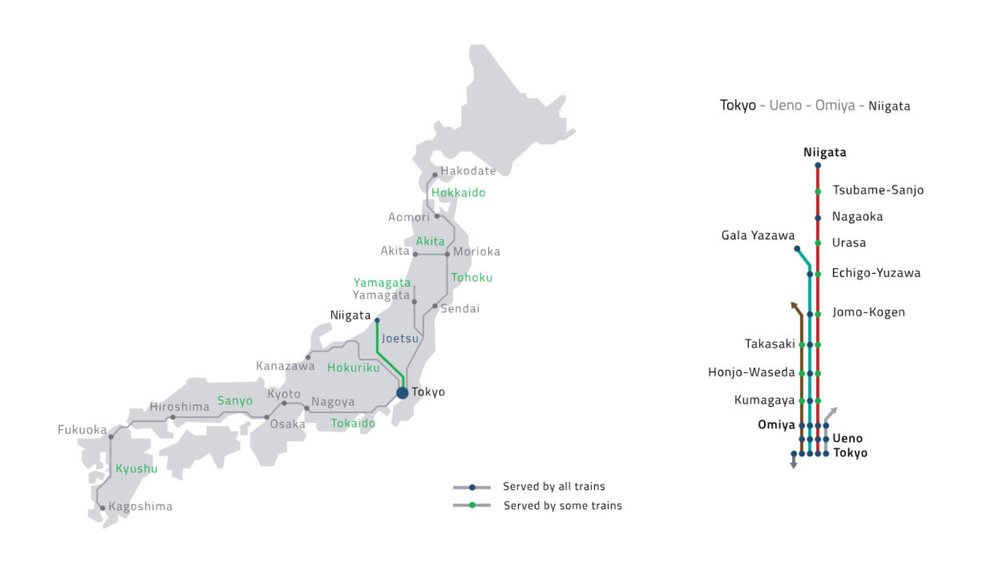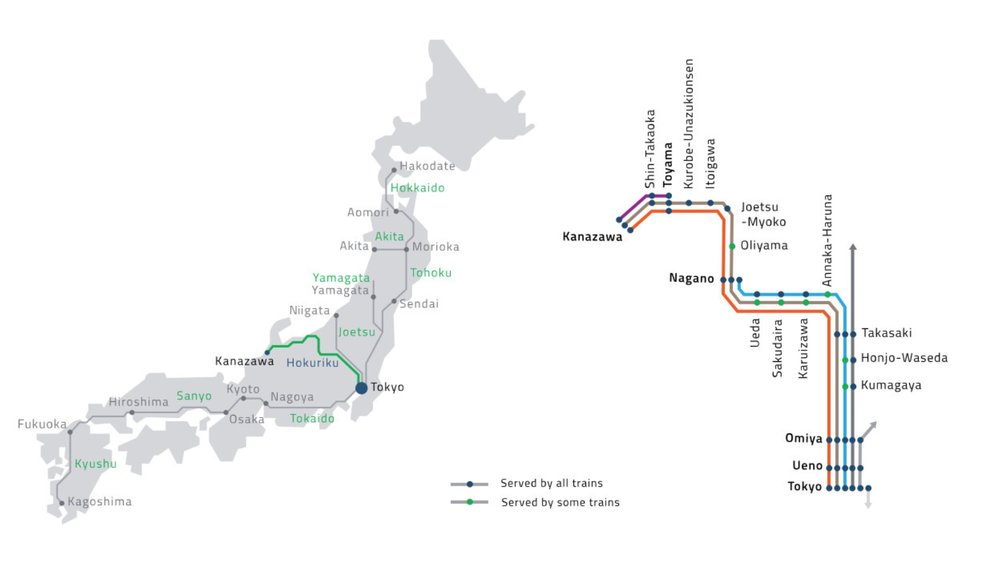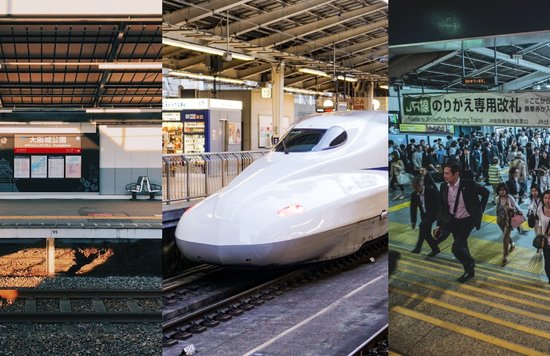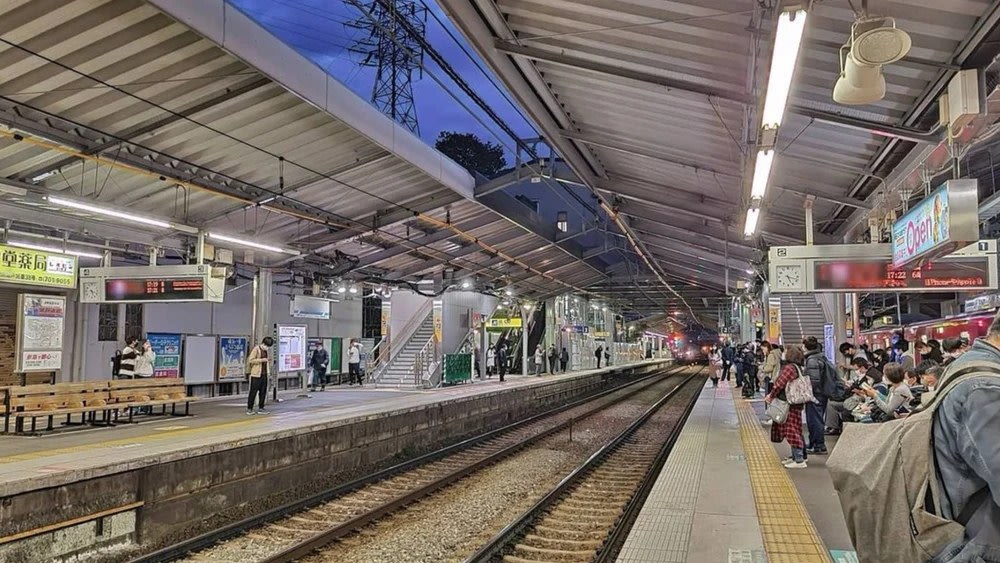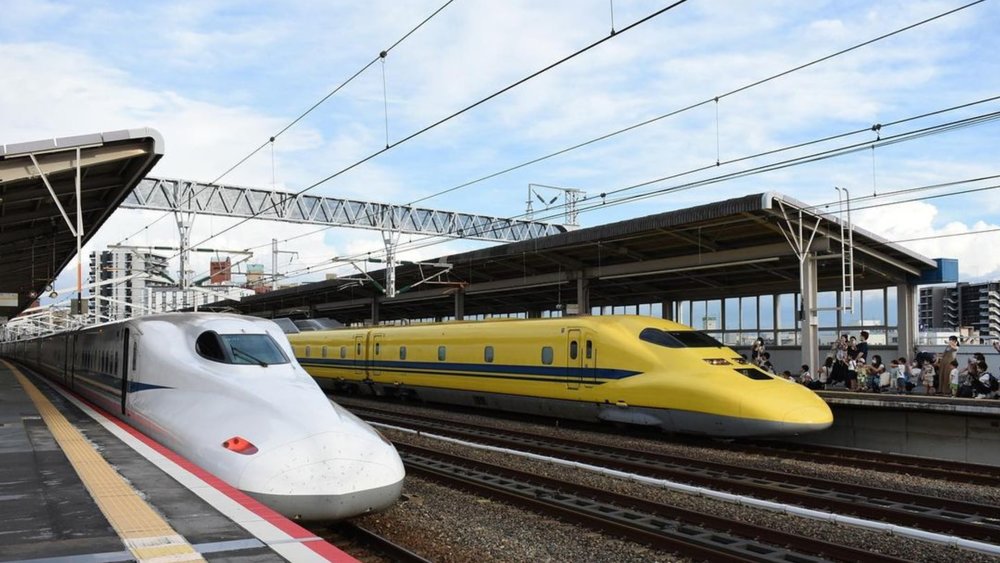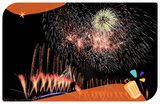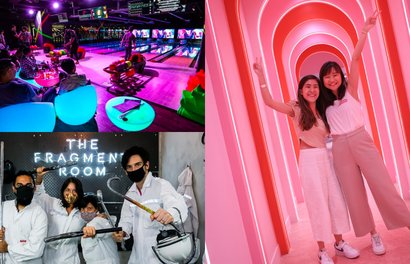Japan is one of the few countries you can visit without having to worry about transportation while you’re there, thanks to its advanced and efficient train system. There are a few different types of trains that cater to different cities in Japan, which can seem intimidating to first-time visitors. Luckily, we have this guide to answer your question about how Japanese trains are!
How fast does the famous Japanese bullet train go?
When it comes to speed and efficiency, the Shinkansen, commonly known as the bullet train, is a marvel of modern transportation. Not only do these high-speed trains resemble sleek bullets with their streamlined design, but they also live up to their nickname by racing across the tracks at incredible speeds.
Depending on the specific line and model, Shinkansen trains achieve impressive speeds ranging from 240 to 340 km per hour, offering passengers a thrilling and efficient mode of travel.
Among the various Shinkansen lines, the Tohoku Shinkansen is renowned for its consistent top speed of 320 km per hour. This line, connecting Tokyo with the northeastern region of Japan, showcases the remarkable engineering, operating speed, and precision that have become synonymous with the Shinkansen brand.
Passengers aboard these high-speed trains can enjoy rapid and seamless travel, covering vast distances in remarkably short periods.
What are the different types of bullet trains in Japan?
There are fast trains, semi-speed trains, and local trains on each of the Shinkansen lines:
- Fast trains only stop at major train stations.
- Semi-fast trains make a few additional stops.
- Every station has local train stops.
How do I ride the Shinkansen trains in Japan?
Bullet trains connect travellers to every part of Japan. Klook covers all 3,0000 bullet train routes and major express lines which means you can ride any bullet train with just 2 simple steps:
1. Buy single journey tickets for your route of choice on Kook before your trip
2. Pick up your tickets via QR code at the station before your journey
How do I book bullet train tickets on Klook?
Do I need a JR Pass to ride bullet trains in Japan?
One of the most flexible ways to ride on the Shinkansen and other trains in Japan is with the Japan Rail (JR) pass.
The JR pass covers all Shinkansen lines (except Nozomi and Mizuho), as well as local buses and the Miyajima ferry all with one ticket. Experience unlimited train travel for 7, 14, or 21 days as you explore all of Japan.
Still curious? Learn more about the JR pass with this guide.
But you can still ride bullet trains without a JR Pass by booking direct bullet train tickets.
What's the difference between bullet train seat types?
There are 2 types of seats offered on Shinkansen trains:
Reserved seat:
You will get a specified train and seat.
Non-reserved seat:
You will get better flexibility as you can take any train for the specified date/route. However, you are not guaranteed a seat and you might need to stand for the journey.
What's the age classification for bullet train tickets?
Adult ticket:
Aged 12 and above.
Child ticket:
6-11 years old. These tickets are half the price of adult tickets. Child tickets can't be booked for the Green Car - however, you can book adult tickets for children that need to ride in the Green Car.
Infants:
0-5 years old. No booking is required. You do not need to book tickets for children under 6, unless in the following circumstances:
- 1 adult is travelling with more than 2 children under 6 years old (in which case you'll need to book a child ticket)
- The child under 6 years old needs their own seat (in which case you'll need to book a child ticket)
How do I receive my bookings after buying Shinkansen tickets?
QR code tickets
For routes (including but not limited to) Tokyo to Shin-Osaka, Kyoto, Nagoya + Departures from stations east of Shin Osaka (including Shin Osaka): Your booking confirmation email will include a QR code. Simply proceed to your departing train station, scan the QR code at a JR East/JR Tokai/JR Hokkaido reserved ticket machine, and pick up your physical tickets.
Paper tickets (Delivery)
You can have your tickets sent to an address in Japan (e.g. your hotel) on routes (including but not limited to) Hakata to Osaka/Kyoto/Nagoya and Hiroshima to Osaka/Kyoto/Nagoya + Departures from stations west of Shin Osaka (not including Shin Osaka). Simply input your delivery and contact information when ordering the tickets, and you should receive them before the train departs.
How do I book seats on a bullet train in Japan?
Unlike local trains, Shinkansen offers two classes of seats: the Ordinary Car and the Green Car.
Green Car:
This is essentially the equivalent of first class with spacious, reclining seats and footrests. You'll get a more comfortable ride with complimentary drinks, snacks, etc. All cars have free WiFi.
Ordinary Car:
It is pretty comfy, however, if you’re in the mood to splurge or will be on the train for a while, then definitely consider the Green Car. You'll still get a great travel experience at a more affordable price. All cars have free WiFi.
There are reserved and non-reserved cars on bullet trains, but we recommend making seat reservations just in case the non-reserved seats sell out.
If you’ve booked the Green Car, seat reservations are required. After purchasing your JR pass, reserve your seats before boarding the train. Simply visit the ticket office or a reserved seat ticket machine in JR line stations to book and receive your reserved seat tickets.
Klook Tip: Seat reservations typically cost a small fee, but are free for Japan Rail pass holders.
Check out this guide for more perks that come with the JR pass.
How do I read my bullet train ticket?
Now that you've got your hands on bullet train tickets, here's an easy guide on how to read them so you can figure out the details of your next train trip"
For reserved seat tickets
For non-reserved seat tickets
When do train tickets expire?
Tickets for reserved seats expire after the departure time of your specified train has passed.
For non-reserved seats, these tickets expire once the specified travel date has passed (this could be at 23:59 but may be earlier when the ticket counters close).
Can I store luggage on Japanese bullet trains?
Luggage restrictions usually depend on specific Shinkansen lines. Some lines require passengers to reserve a special seat for luggage with sizes between 161 to 250cm.
Luggage below 160cm doesn't need a special reservation.
In general, passengers are only allowed to bring on two pieces of luggage not heavier than 30kg, and these can be placed either in front of you or in the overhead rack!
Reserving oversized baggage space
We recommend that you go to your departure station earlier and speak to staff to arrange for your oversized baggage space. The fee should be around ¥1,000.
Is there food on Japanese bullet trains?
Although most trains discourage eating and drinking, passengers are allowed to on Shinkansen bullet trains.
You can purchase drinks, snacks, and meals in advance at the train station or onboard from the food cart—where you can try bento boxes, sushi, sake, beer, and more.
The number one rule to eating and drinking on the Shinkansen is to clean up after yourself and never leave your trash on the train—that’s how Japanese trains are able to stay so clean and orderly!
How many bullet train lines are there in Japan?
There are nine Shinkansen lines in Japan. This Shinkansen network goes throughout Japan in various directions.
The Tokaido Shinkansen line connects Tokyo and Osaka from the capital to the south.
The Sanyo Shinkansen line connects Osaka with Fukuoka, and from there, the Kyushu Shinkansen line travels from north to south throughout the island of Kyushu. These are among the popular Shinkansen lines.
The other six lines either go north or inland from Tokyo. These are Akita, Hokkaido, Hokuriku, Joetsu, Tokoku, and Yamagata. The Hokkaido line travels the most north, all the way to Hokkaido island.
Where in Japan can these bullet train lines take me?
The Shinkansen routes can take you to most Japanese prefectures, including far inland.
Tokaido Shinkansen lines
The Tokaido Shinkansen line is Japan's most popular and busiest Shinkansen line. It connects the country's three largest urban areas: Tokyo to Yokohama, Osaka to Kyoto, and Nagoya. This route is served by three train services: Nozomi, Hikari, and Kodama.
If you're looking for the fastest way to travel from Tokyo to Osaka, the Hikari train goes from Tokyo station to Shin-Osaka station in exactly 173 minutes running at a mega speed of 285 km/h, which makes it the second-fastest train on the Tokaido line.
It's also known as Japan's first high-speed train, having opened in 1964 for the Japan Olympic Games.
Sanyo Shinkansen lines
Sanyo takes you from Osaka to Fukuoka with stops at Shin-Kobe, Himeji, Okayama, Hiroshima, and Kokura in between. This route is served by five train services: Nozomi, Hikari, Kodama, Mizuho, and Sakura. Nozomi is the fastest train, with a top speed of 300 km/h.
Tohoku Shinkansen lines
Tokyo and Aomori are linked by the Tohoku Shinkansen line. The Akita and Yamagata lines serve the Akita and Yamagata prefectures, respectively. The Tohoku line has six different train services: Hayabusa, Komachi, Hayate, Yamabiko, Nasuno, and Tsubasa.
Hokkaido Shinkansen lines
The Seikan Tunnel connects Aomori (on Honshu's main island) with Hakodate (on Hokkaido's island) through the Hokkaido Shinkansen line passing through Okutsugaru Imabetsu and Kikonai. The line is served by two types of trains: Hayabusa and Hayate.
Did you know the Hayabusa Shinkansen trains run at a top speed of 320 km/h?
Akita Shinkansen lines
The Akita Shinkansen is a branch line of the Tohoku Shinkansen that connects Tokyo and Akita and runs through Ueno, Omiya, Sendai, Morioka, Tazawako, Kakunodate, and Omagari. The Komachi Shinkansen is the only train that operates on the railway. It belongs to the E6 series, which is also known as the Super Komac.
Yamagata Shinkansen line
Yamagata Shinkansen is a branch line of the Tohoku Shinkansen. Tsubasa trains are the only ones that run on the Yamagata line between Tokyo and Shinjo and stop at Ueno, Omiya, Utsunomiya, Koriyama, Fukushima, Yonezawa, Akayu, Kaminoyama-Onsen, Yamagata, Tendo, Sakurambo-Higashine, Murayama and Oishida.
Joetsu Shinkansen lines
This Shinkansen is the line to catch if you're looking to travel from Tokyo to the ski fields in Niigata. The Shinkansen stops are Tokyo, Ueno, Omiya, Nagaoka and Niigata. The two main train services that run on this line are Toki and Tanigawa.
Kyushu Shinkansen lines
This train connects Fukuoka (Hakata Station) to Kagoshima-Chuo stopping at Shin-Tosu, Kurume, Kumamoto, and Sendai.
Hokuriku Shinkansen lines
Previously known as the Nagano Shinkansen, this line connects Tokyo to Kanazawa through Ueno, Omiya, Nagano, and Toyama.
Do bullet trains in Japan run all night?
No, bullet trains are not a 24-hour service. They usually run from 6 am to midnight, but it’s good to check your train’s timetable in advance in case of any changes.
Now that you’ve got an idea of how Japanese trains are, you can confidently take advantage of the clean and efficient train system to explore Japan’s best sights and attractions, especially with a JR pass!
Is there WiFi on the trains?
The Japan Rail network is currently in the process of rolling out free Wi-Fi to all Shinkansen trains in preparation for the Olympic and Paralympic Games. Until this initiative is complete, WiFi is only available on select trains for a service fee.
Another option is to order a pocket WiFi so that you have unlimited internet where you go.
Buy pocket wifi on Klook now!
Why are trains so popular in Japan?
Japan's train system holds a special place in the hearts of both locals and travellers, and it's no surprise that trains are incredibly popular in the country.
Japan's rich train heritage dates back to 1872 when steam engine technology reached the country. Since then, Japan has continuously evolved its train system, resulting in the development of various types of trains and rail lines. From metro to mountain railways and scenic trains, Japan offers diverse train options that cater to different travel needs and preferences.
Are bullet trains in Japan reliable?
One of the key aspects that set Japanese trains apart is their efficiency and reliability. Japanese trains are renowned for their punctuality, with delays being a rarity rather than the norm. This timeliness is ingrained in the culture and is a testament to the meticulous planning and dedication of the railway operators.
The reliability of the train system allows commuters and travellers to confidently plan their journeys, making trains an extremely convenient and trustworthy mode of transportation.
In addition to punctuality, the Japanese train system also excels in convenience. The train network is extensive, connecting major cities, rural areas, and even remote regions, making it highly accessible for residents and tourists alike.
Are bullet trains the only type of train in Japan?
There are a variety of Japanese trains. The different train categories are based on speed and stops with each system catering to the different and diverse needs of both local commuters and international travellers. These are:
- Local trains, while slower, stop at all stations, ensuring accessibility to even the most remote areas
- Rapid trains skip some stations to expedite the journey
- Express and limited express trains further reduce the number of stops, prioritizing efficiency.
- Finally, the renowned Shinkansen, or bullet trains, operate on dedicated tracks, enabling them to reach remarkable speeds and connect major cities swiftly.
Written by: Gabby Mendoza

